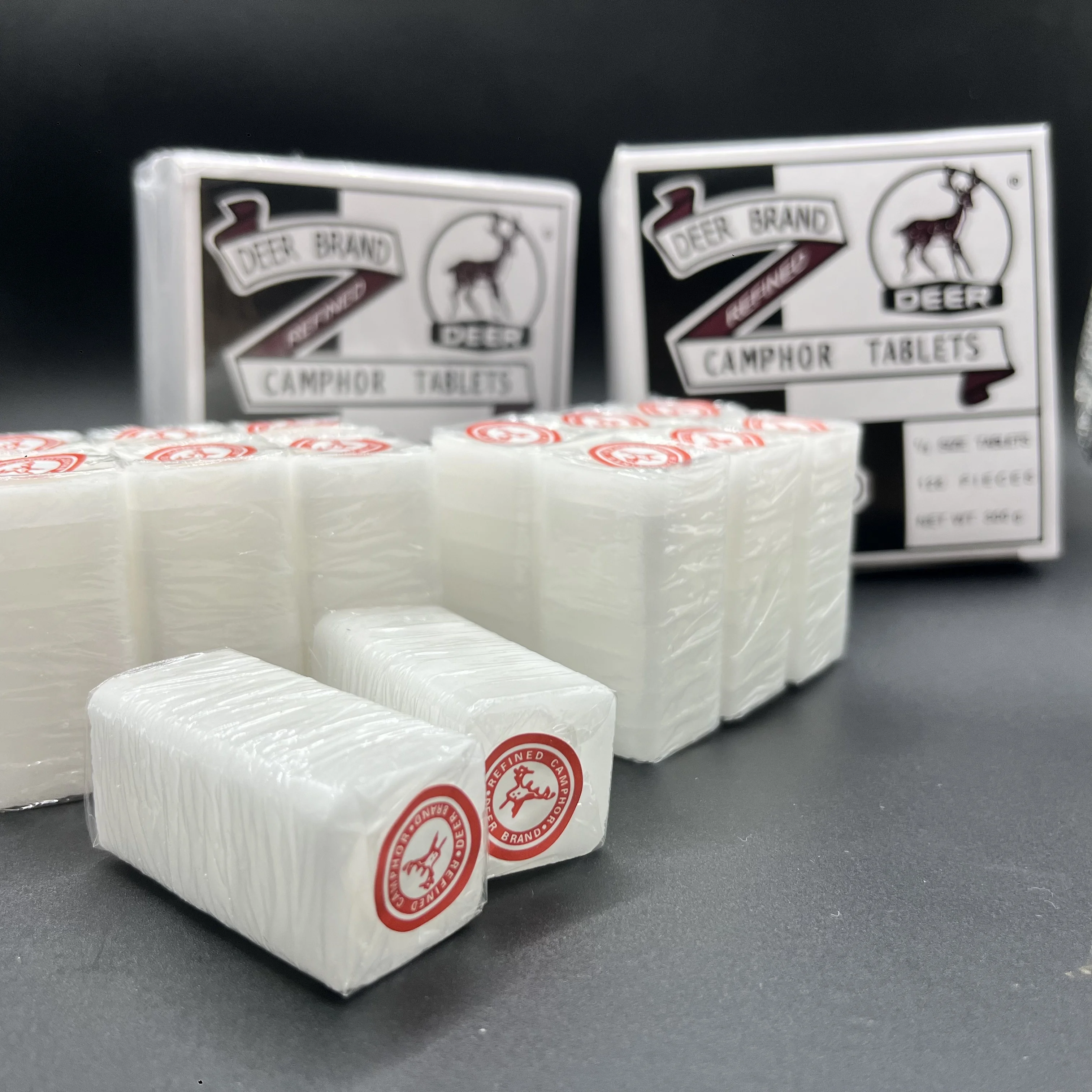When it comes to comfort and softness, cotton has long been the gold standard in the textile industry. Its breathable nature, versatility, and ease of care have made it a staple in wardrobes and home furnishings alike. However, as consumers become more discerning about fabric quality, the quest for alternatives that offer even greater softness has gained momentum. In this article, we will delve into various fabrics that surpass cotton in terms of softness, exploring their unique properties, uses, and care requirements.
- The Allure of Bamboo Fabric
Bamboo fabric has emerged as a popular alternative to cotton, renowned for its exceptional softness. Derived from the pulp of the bamboo plant, this fabric undergoes a process that transforms it into a silky material. Bamboo fibers are naturally smooth and round, which means they do not irritate the skin, making them ideal for sensitive individuals.
Moreover, bamboo fabric boasts excellent moisture-wicking properties, keeping the wearer dry and comfortable. It is also naturally antibacterial, which helps reduce odors—a significant advantage for activewear and bed linens. When considering sustainability, bamboo is a fast-growing plant that requires minimal water and no pesticides, making it an eco-friendly choice.
- The Luxurious Touch of Modal
Modal, a type of rayon made from beech tree pulp, is another contender in the softness arena. This semi-synthetic fabric is known for its incredible drape and smooth texture, often compared to silk. Modal fibers are produced through a process that enhances their softness, resulting in a fabric that feels luxurious against the skin.
In addition to its softness, modal is highly absorbent, making it an excellent choice for clothing that requires moisture management, such as loungewear and sleepwear. It is also resistant to shrinking and fading, ensuring that garments maintain their quality over time. Modal's biodegradable nature further adds to its appeal for environmentally conscious consumers.
- The Silken Embrace of Tencel
Tencel, a brand name for lyocell, is another fabric that surpasses cotton in softness. Made from sustainably sourced wood pulp, Tencel undergoes a closed-loop production process that recycles water and solvents, minimizing environmental impact. The resulting fibers are incredibly soft, breathable, and gentle on the skin.
Tencel's moisture management capabilities are noteworthy; it can absorb moisture better than cotton, which helps regulate body temperature. This makes it an ideal choice for activewear, bed linens, and undergarments. Additionally, Tencel is known for its resistance to wrinkles and static, making it a low-maintenance option for everyday wear.
- The Indulgence of Cashmere
When discussing softness, cashmere is often regarded as the epitome of luxury. Sourced from the undercoat of cashmere goats, this fabric is incredibly soft and lightweight. Cashmere fibers are finer than those of cotton, resulting in a plush texture that feels heavenly against the skin.
While cashmere is typically more expensive than cotton, its unparalleled softness and warmth make it a worthwhile investment for high-end garments and accessories. Proper care is essential to maintain cashmere's quality; hand washing and laying flat to dry are recommended to prevent damage.
- The Versatility of Microfiber
Microfiber, a synthetic fabric made from polyester and polyamide, is another contender that can rival cotton in softness. The fibers are extremely fine, resulting in a soft, smooth texture that is often used in cleaning cloths, upholstery, and activewear.
Microfiber's softness is complemented by its durability and resistance to stains, making it a practical choice for various applications. Additionally, it is lightweight and quick-drying, which adds to its versatility. However, it is essential to note that microfiber is not biodegradable, which raises concerns about its environmental impact.
Conclusion: Choosing the Right Fabric for Your Needs
While cotton remains a beloved fabric for its comfort and versatility, there are numerous alternatives that offer even greater softness. Bamboo, modal, Tencel, cashmere, and microfiber each bring unique qualities to the table, catering to different preferences and needs. When selecting fabrics, consider factors such as softness, moisture management, durability, and environmental impact to make an informed choice.



More Stories
Slipcover Winter Blanket Warm: The Ultimate Home Essential for Cold Weather Living
Cozy Holiday Style: Christmas Sweatshirts for Women
2-Person Fiberglass Speed Boat: Compact Design with High Performance